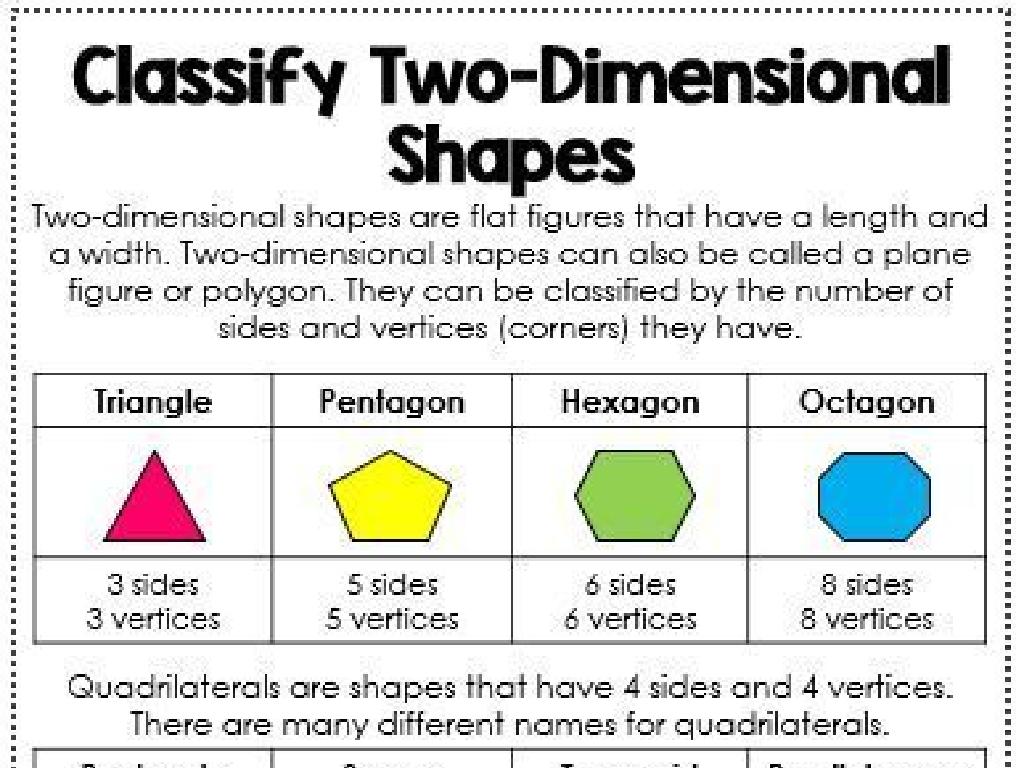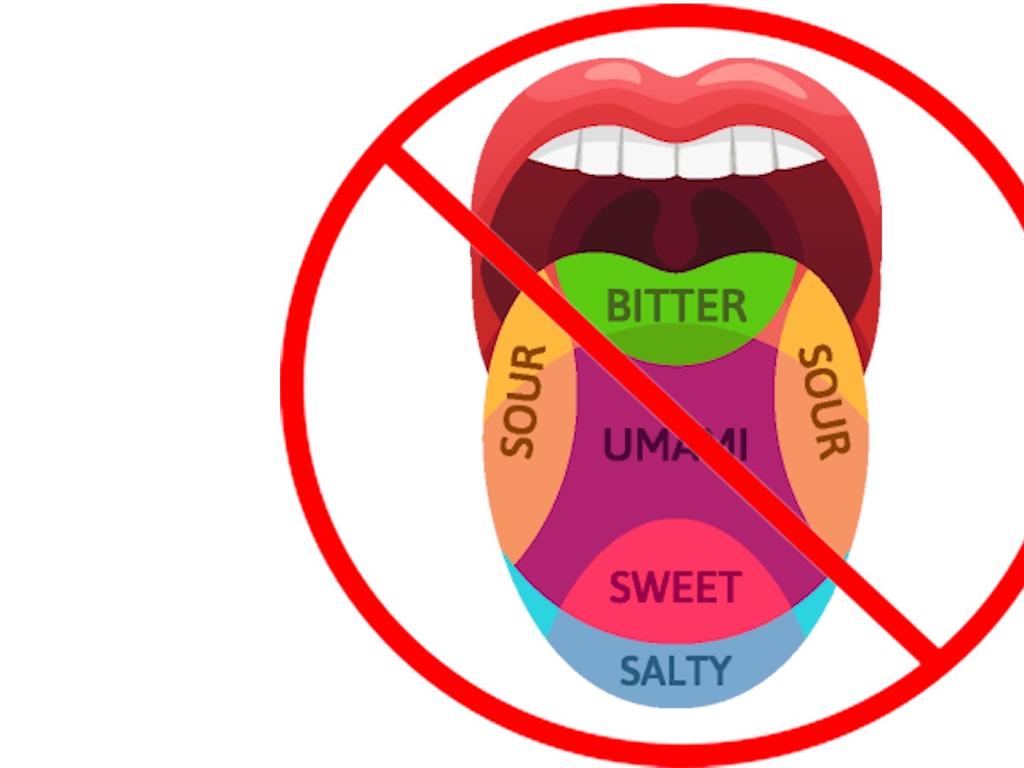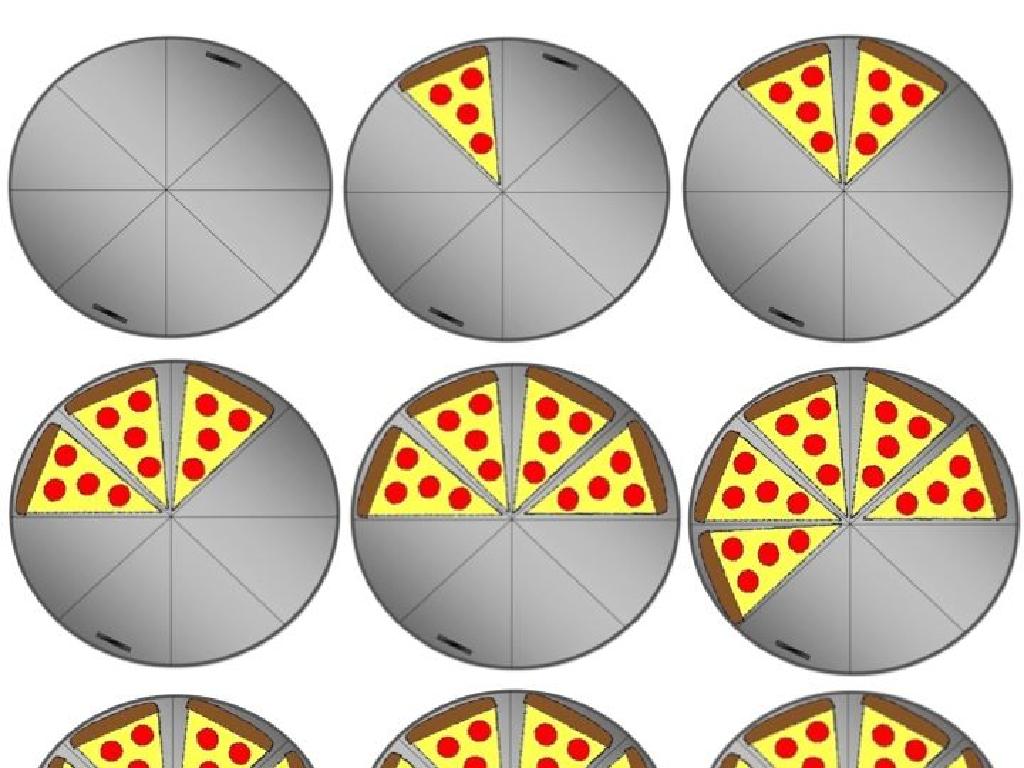Solve For A Variable Using Properties Of Multiplication
Subject: Math
Grade: Sixth grade
Topic: Equivalent Expressions
Please LOG IN to download the presentation. Access is available to registered users only.
View More Content
Solving for a Variable with Multiplication
– Balance in math equations
Like a seesaw, both sides of an equation must be equal.
– Defining equivalent expressions
Expressions that have the same value, even if they look different.
– Solving for variables
Find the value of a letter that makes the equation true.
– Multiplication properties
Use properties like distributive law to simplify equations.
|
This slide introduces the concept of maintaining balance in mathematical equations, which is a fundamental aspect of solving for variables. Students should understand that equivalent expressions, although they may appear different, have the same value. Today’s lesson focuses on using multiplication properties to solve for a variable. This involves applying the distributive property and combining like terms to isolate the variable and find its value. Encourage students to think of an equation as a balance scale where the goal is to keep it level by performing the same operations on both sides. Provide examples and practice problems to solidify their understanding.
Understanding Variables in Equations
– Definition of a variable
– A symbol representing an unknown number
– Variables as unknowns
– Common variable symbols
– Often letters like x, y, or z
– Example with variable ‘x’
– In 3x = 12, x stands for an unknown that we need to find
|
This slide introduces the concept of variables, which are fundamental in algebra. A variable is a placeholder for a number we do not yet know, and it is often represented by letters such as x, y, or z. For example, in the equation 3x = 12, x is the variable. The goal is to solve for x, which means finding the value that x represents that makes the equation true. In this case, x would be 4 because 3 times 4 equals 12. Encourage students to think of a variable as a mystery number that they have the fun challenge of discovering. Make sure to emphasize that understanding variables is key to mastering algebra and solving equations.
Properties of Multiplication
– Commutative Property
– Order of factors can change: 3 * 4 = 4 * 3
– Associative Property
– How factors are grouped can change: (2 * 3) * 4 = 2 * (3 * 4)
– Distributive Property
– Multiply through parentheses: 5 * (2 + 3) = 5 * 2 + 5 * 3
– Identity Property
– Multiplying by 1 gives the same number: 6 * 1 = 6
– Zero Property
– Multiplying by 0 gives zero: 7 * 0 = 0
|
This slide introduces the fundamental properties of multiplication that are essential for solving equations and understanding equivalent expressions. The commutative property allows us to rearrange the numbers being multiplied without changing the product. The associative property shows that the way numbers are grouped does not affect the product. The distributive property is particularly useful in algebra for expanding expressions and solving equations. The identity property reminds us that any number multiplied by one remains unchanged, and the zero property states that any number multiplied by zero is zero. Encourage students to apply these properties to simplify expressions and solve for variables in multiplication problems.
Solving for a Variable with Multiplication
– Identify the variable to solve
– Isolate the variable on one side
– Example equation: 4x = 24
– To find x, think: 4 times what equals 24?
– Solve for x
– Divide both sides by 4 to find x
|
This slide introduces the process of solving for a variable using the properties of multiplication. Start by identifying the variable in the equation. Then, rearrange the equation so that the variable is isolated on one side. For example, in the equation 4x = 24, students should understand that x is the variable, and we want to find its value. To solve for x, we use the inverse operation of multiplication, which is division. By dividing both sides of the equation by 4, we can find that x equals 6. Encourage students to practice this technique with different numbers and to check their work by substituting the value of x back into the original equation.
Solving Equations with Multiplication
– Use inverse operations
– To isolate the variable, reverse the operation
– Divide both sides equally
– Example: 4x = 24
– Simplify 4x = 24 by dividing both sides by 4
– Solve: x = 24 / 4
– Dividing 24 by 4 gives us x = 6
|
This slide introduces the concept of using inverse operations to solve for a variable in multiplication equations. Emphasize the importance of maintaining balance by performing the same operation on both sides of the equation. The example provided should be worked through step-by-step, demonstrating how dividing both sides by the coefficient of the variable yields the solution. Encourage students to practice with additional problems and to check their work by substituting the solution back into the original equation.
Checking Your Solution
– Substitute the solution back
– Replace the variable with your answer in the equation
– Ensure both sides are equal
– If both sides match, your solution is correct
– Example: 4 * 6 = 24
– Is the equation true when you substitute 6 for the variable?
– Practice with different numbers
|
This slide is aimed at teaching students how to verify their answers after solving an equation. Emphasize the importance of checking work to confirm accuracy. Start by substituting the solved value back into the original equation. Then, compare both sides of the equation to see if they are equal. Use the example 4 * 6 = 24 to illustrate this process, asking students if this statement is true (it is). Encourage students to practice this verification step with different numbers and equations to build their confidence in solving for variables using the properties of multiplication.
Multiplication Properties: Solving for Variables
– Solve together: 5y = 35
– Divide both sides by 5 to find y
– Individual practice: 7z = 56
– What is z if you divide both sides by 7?
– Group activity: 3a = 27
– Groups find ‘a’ by dividing 27 by 3
– Discuss solutions and methods
|
This slide is designed to engage students in practicing the property of division in solving for a variable. Start by solving the equation 5y = 35 together, demonstrating how to isolate the variable by dividing both sides of the equation by 5. Then, allow students to try solving 7z = 56 on their own to reinforce the concept. For the group activity, have students work together to solve 3a = 27, encouraging collaboration and peer learning. After the activities, discuss the different methods used and ensure that students understand the process of solving for a variable. Provide additional examples if time allows and encourage students to explain their reasoning.
Class Activity: Solve the Mystery!
– Work in groups to solve expressions
– Each variable holds a clue
– Uncover clues with correct answers
– Race to solve the mystery first
|
This activity is designed to be a fun and interactive way for students to practice solving for variables using properties of multiplication. Divide the class into small groups and provide each with a set of expressions where they need to solve for the variables. Each solved variable will reveal a clue that will lead them closer to solving the overall mystery. The first group to correctly solve for all variables and deduce the mystery wins. Possible activities for different groups could include solving for variables in different expressions, or each group could have a unique set of expressions that lead to the same mystery. Ensure that the expressions are at an appropriate difficulty level for sixth graders. This activity encourages teamwork, critical thinking, and application of mathematical concepts.
Wrapping Up: Multiplication Properties
– Review of lesson’s key points
– Homework: 10 variable expressions
– Find the value of the variable in each expression
– Study for equivalent expressions quiz
– Quiz will cover today’s material
– Practice makes perfect!
– Keep practicing to master the concepts
|
As we conclude today’s lesson on solving for a variable using properties of multiplication, it’s important to recap the main ideas. For homework, students are expected to solve for the variable in 10 different expressions, reinforcing their understanding of the concepts. Encourage students to review their notes and practice additional problems to prepare for the upcoming quiz on equivalent expressions. Emphasize the importance of practice in mastering these mathematical principles. The quiz will assess their ability to apply the properties of multiplication to create and solve equivalent expressions.






